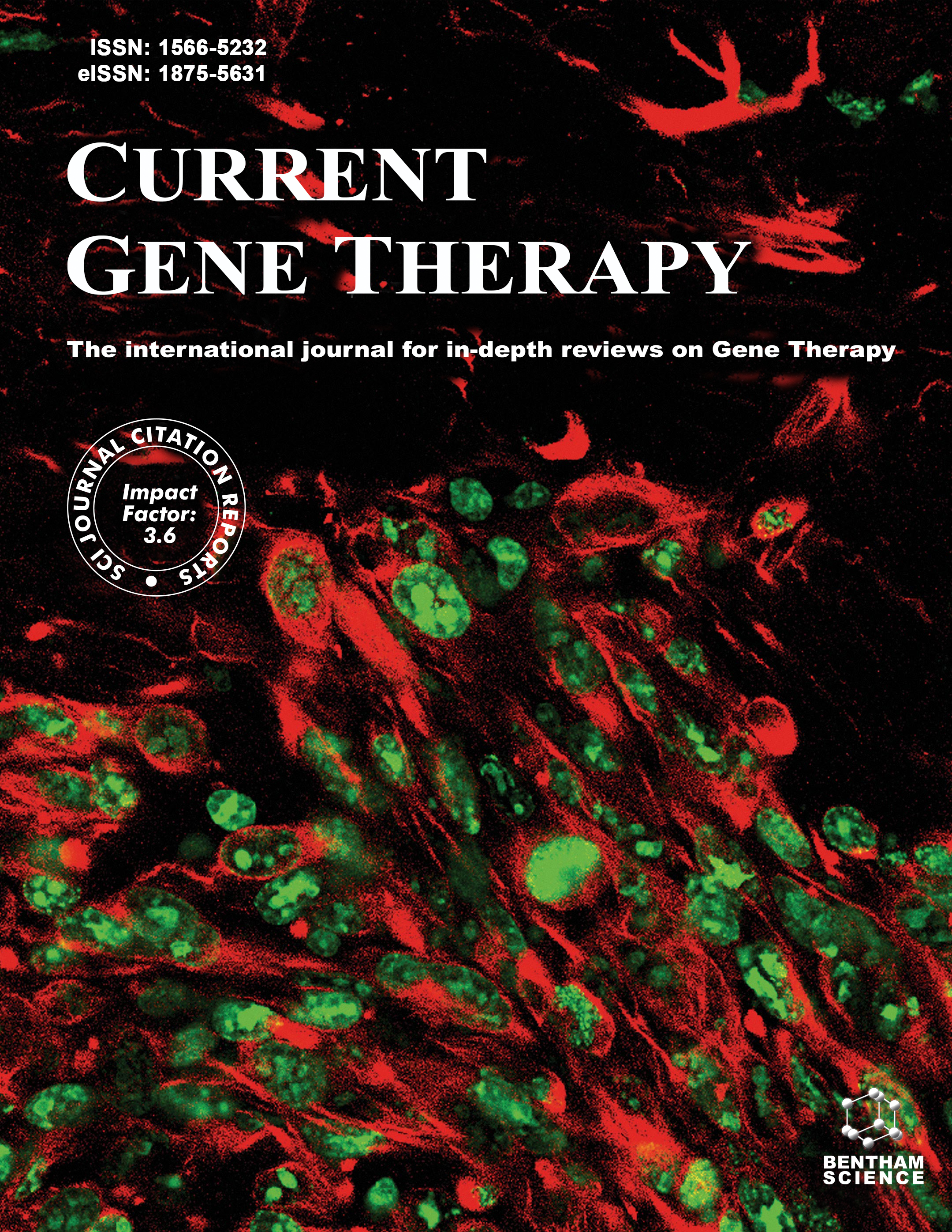
Full text loading...

The relentless pursuit of understanding and combating glioblastoma (GBM), one of the most formidable foes in the realm of cancer, requires a deeper exploration of its intricate dynamics. Gliomas, particularly GBM, are known for their lethal nature, and a significant aspect of their pathogenesis lies in their ability to manipulate the blood vessels that sustain them. This complex relationship is governed by a multitude of molecular mechanisms involving a diverse array of cell types within the tumor microenvironment. Central to this intricate web of regulation are non-coding RNAs (ncRNAs), enigmatic molecules that have recently emerged as key players in cancer biology. These ncRNAs wield a remarkable influence on gene expression, often via epigenetic modifications and intricate control over angiogenesis-related molecules. Their role in GBM angiogenesis adds another layer of complexity to our understanding of this disease. In the realm of cancer therapeutics, targeting angiogenesis has become a prominent strategy. However, the efficacy of current anti-angiogenic treatments against GBM is often transient, as these tumors can rapidly develop resistance, becoming even more aggressive. GBM employs a diverse set of strategies to foster its abnormal vasculature, which, in turn, holds the key to understanding why anti-angiogenic therapies often fall short of expectations. This review aims to shed light on potential strategies and novel perspectives to overcome GBM 's resistance to anti-angiogenic therapy. By exploring innovative approaches, including those centered on ncRNAs, we strive to chart a course toward more effective treatments. This journey into the depths of GBM 's complexities offers not only hope but also a blueprint for future research and therapeutic development. As we uncover the intricate mechanisms at play, we inch closer to the day when GBM is no longer an insurmountable adversary in the fight against cancer.

Article metrics loading...

Full text loading...
References


Data & Media loading...